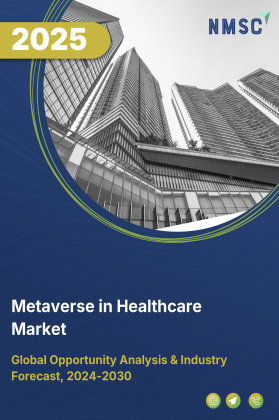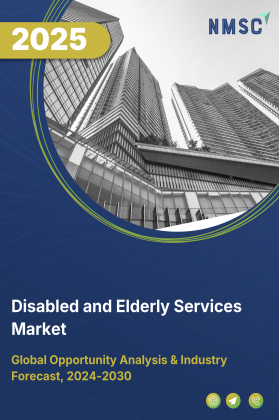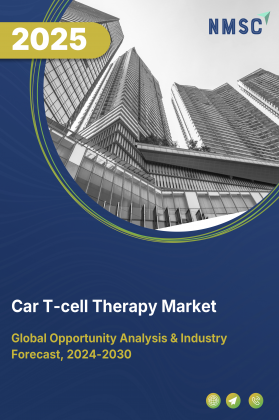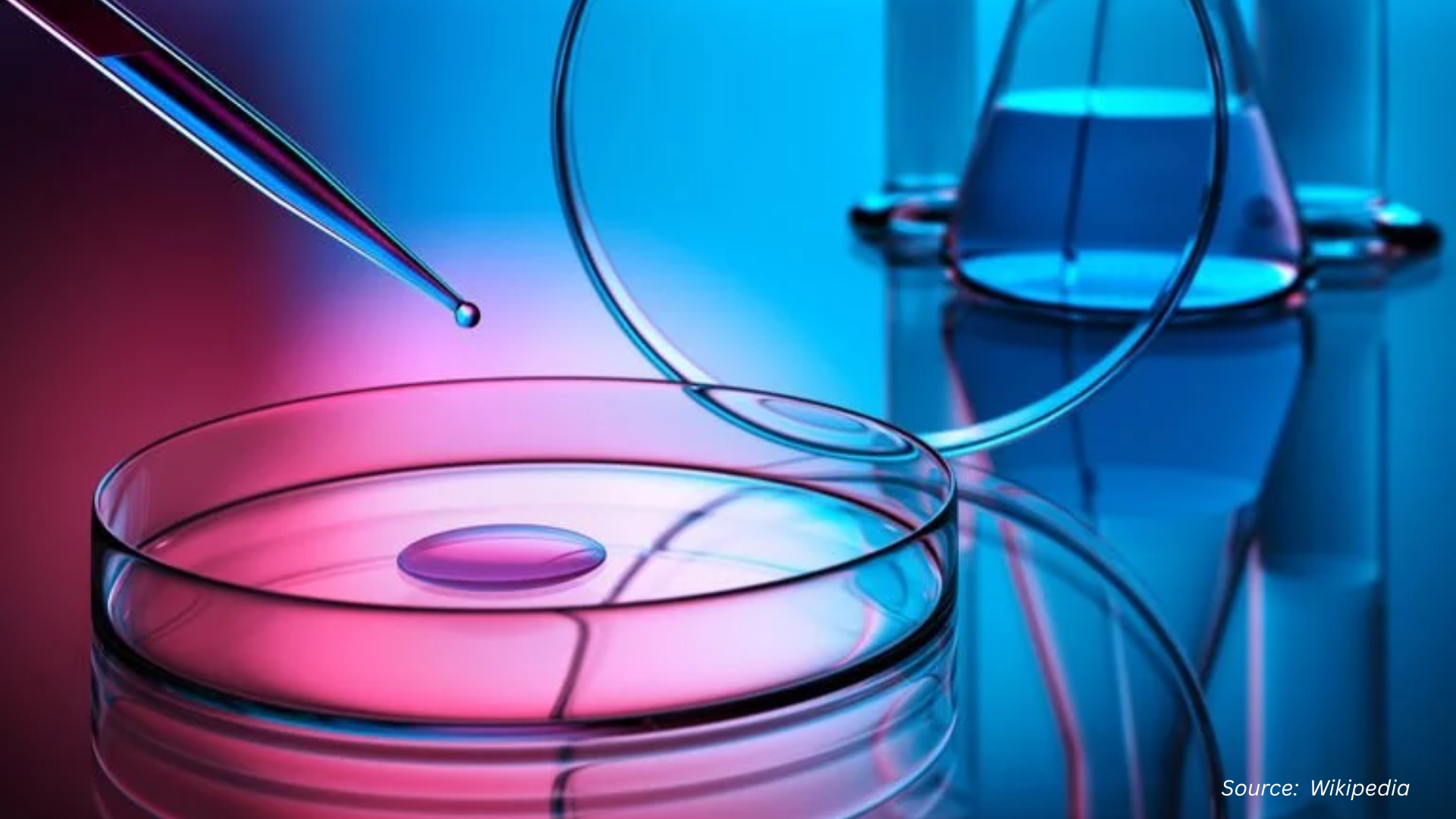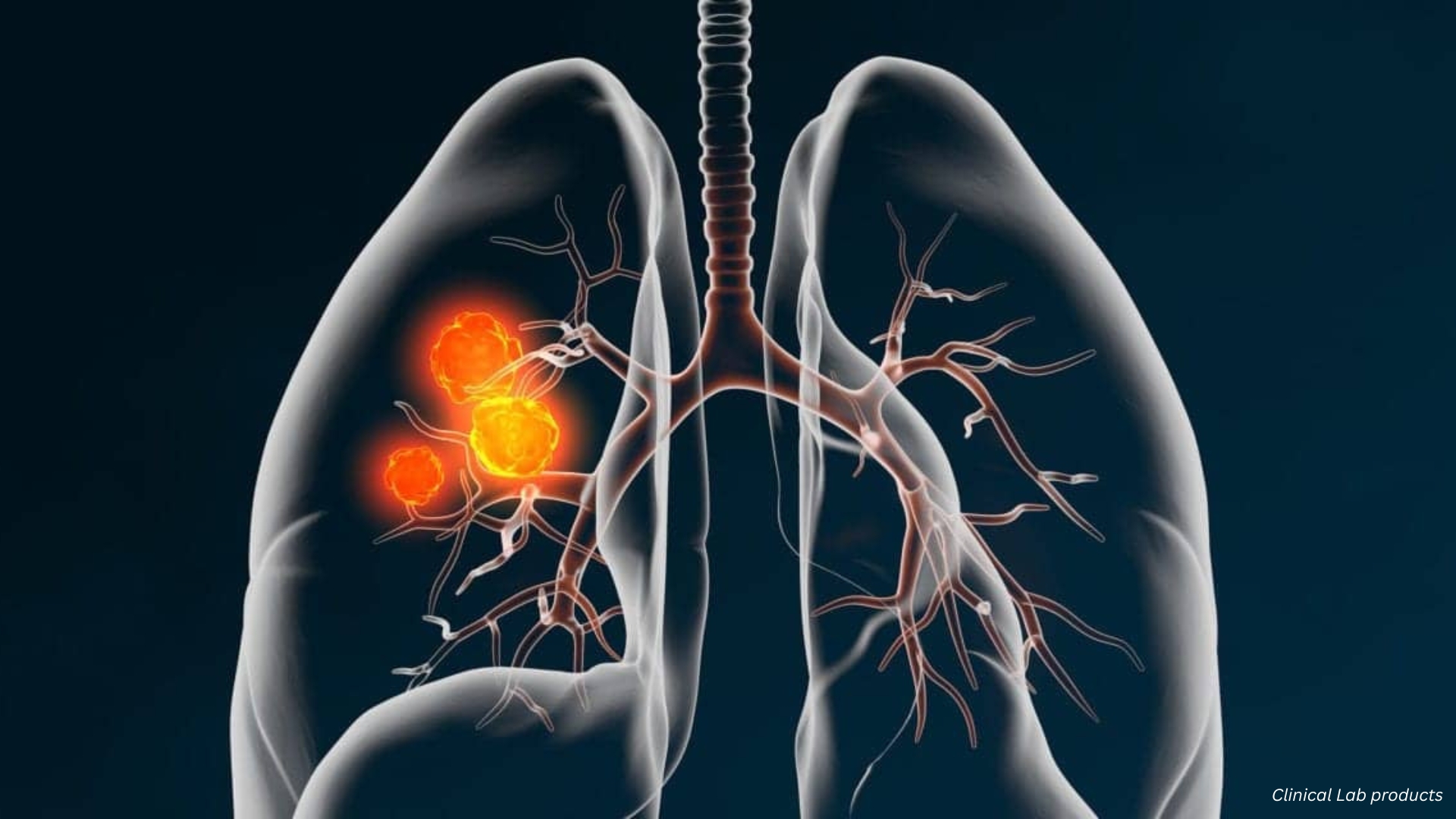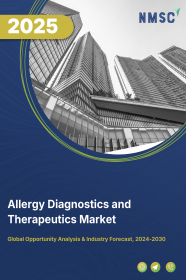
Allergy Diagnostics and Therapeutics Market by Type (Fungal Allergy Diagnostic and Neutral Lactase Enzymes), by Product (Instruments, Consumables, and Services), by Test (Vivo Test and Vitro Test), by Allergen (Inhaled Allergens, Food Allergens, Drug Allergens, and Other Allergens), and Others – Global Opportunity Analysis and Industry Forecast 2023 – 2030
Market Definition
The global Allergy Diagnostics and Therapeutics Market size was valued at 33.69 billion in 2022, and is predicted to reach 55.25 billion by 2030 with a CAGR of 6.38% from 2023 to 2030. The allergy diagnostics and therapeutics market refer to the collection of products and services aimed at diagnosis and treatment of allergic diseases, which can range from mild to severe reactions triggered by allergens such as food, pollen, dust, or medications. These products and services are designed to help healthcare professionals identify the cause of allergic reactions and provide effective treatment options to manage symptoms and prevent future allergic reactions.
Allergy diagnostics are essential for identifying allergens that trigger an allergic reaction. The market is vital for improving quality of life for individuals with allergies. Accurate diagnosis and effective treatment can help reduce severity and frequency of allergic reactions, enabling individuals to live more comfortably and productively.
Market Dynamics and Trends
The increase in demand for allergy diagnostics and therapeutics is attributed to a rise in incidences of global warming and air pollution that contribute towards skin allergies, which further results in high risk of skin cancer. According to a latest report published by the Health Organization (WHO) in 2020, an estimated 3,25,000 new cases of melanoma were diagnosed globally and 57,000 people died from the disease.
In addition, a rise in focus on automation devices such as RIDA qLine autoBlot in therapeutics to detect 36 allergy membranes in one run automatically is expected to support growth of the market. Moreover, adoption of in-vitro diagnostic tests and improvement in medical insurance policies that are intended to take care of human health and provide diagnosis for various diseases are expected to further propel the growth of the allergy diagnostics and therapeutics market.
For instance, in April 2022, the Department of Health and Human Services (HHS) of America through the Centers for Medicare & Medicaid Services (CMS) introduced new measures to allow consumers to easily identify the right form of quality, affordable healthcare coverage on HealthCare.gov that best meets their needs. These actions are a part of the Biden-Harris Administration's continuous efforts to strengthen and expand the Affordable Care Act (ACA) and provide the groundwork for the future HealthCare.Gov Open Enrollment Period, which started on November 1, 2022.
However, regulatory bodies are becoming more stringent in their requirements for approval, which can lead to delays and increased costs for allergy diagnostics and therapeutics. In addition, the lack of standardized protocol for diagnosing and treating allergies, which can lead to inconsistent results and varying levels of care are expected to restrain the growth of the allergy diagnostics and therapeutics market during the forecast period.
On the contrary, the trend toward personalized medicine is expected to continue, with more targeted and effective treatments being developed. Companies that can develop personalized allergy diagnostics and therapeutics can capture significant growth opportunities.
Market Segmentation and Scope of the Study
The allergy diagnostics and therapeutics market share is segmented on the basis of type, product, test, allergen, drug class, end user, and region. On the basis of type, the market is segmented into fungal allergy diagnostic and neutral lactase enzymes.
On the basis of product, it is segmented into instruments, consumables, and services. The instrument segment is sub-segmented into immunoassay analyzers, Elisa analyzers, luminometers, and others. On the basis of test, the market is classified into vivo test and vitro test. The vivo test is sub-categorized into skin prick tests, patch tests, and others.
On the basis of allergens, the market is divided into inhaled allergens, food allergens, drug allergens, and others. On the basis of drug class, the market is segmented into e-congestants, corticosteroids, mast cell stabilizers, leukotriene inhibitors, nasal anticholinergics, immunomodulators, auto injectable epinephrine, and immunotherapy.
On the basis of end user, it is divided into hospitals, diagnostic laboratories, academic research, and others. Region wise, the market is analyzed across North America, Europe, Asia-Pacific, and RoW.
Geographical Analysis
North America holds a predominant position in the allergy diagnostics and therapeutics market share and is expected to remain dominant during the forecast period. Personalized medicine is becoming increasingly popular in North America, with patients and healthcare providers seeking more targeted and effective treatments. Companies that can develop personalized allergy diagnostics and therapeutics are well-positioned to capture growth in this market.
Moreover, strategic partnerships between companies and healthcare providers are becoming increasingly important in the North American allergy diagnostics and therapeutics market. These partnerships can bring together the expertise and resources of both parties, leading to the development of more effective allergy diagnostics and therapeutics. For instance, in March 2021, Thermo Fisher Scientific collaborated with Mayo Clinic to focus on accelerating clinical validation and commercialization of certain next-generation sequencing (NGS), mass spectrometry, and immunology diagnostic tools.
The collaborative effort aims to leverage NGS, mass spectrometry, and immunology technologies to advance hematology, oncology, allergy, and autoimmunity diagnostics. This development helps to improve the accuracy and efficiency of diagnostic testing, enabling development of more effective and personalized allergy treatments.
In addition, the prevalence of severe allergy in the U.S. is a growing concern, as the number of people with allergies continues to increase. This has led to rise in demand for allergy diagnostics and therapeutics that can improve accuracy and effectiveness of allergy diagnosis and treatment and help to prevent severe allergic reactions. The Asthma and Allergy Foundation of America (AAFA) states that allergic conditions are one of the most common health issues affecting children in the U.S. and anaphylaxis, a severe allergic reaction to food, resulted in 90,000 emergency room visits in 2022.
Asia-Pacific is home to a large population and with the rise in pollution levels, the number of people suffering from allergies is expected to increase. This creates a significant market opportunity for companies that can develop advanced allergy diagnostics and therapeutics to meet the growing demand for more accurate and personalized allergy treatments.
In addition, market players are launching new and advanced products in the region to cater to the growing demand for allergy diagnostics and therapeutics. For instance, in April 2021, Toray Industries, Inc. developed an allergy-testing biochip that can simultaneously measure multiple allergen-specific immunoglobin E (IgE) antibodies from trace amounts of blood. This breakthrough is expected to reduce stress in children and people whose blood is difficult to draw and enhance the accuracy of allergy diagnostics. This development is expected to have a positive impact on the allergy diagnostics and therapeutics market.
Competitive Landscape
The allergy diagnostics and therapeutics industry comprises of various market players such as Thermo Fisher Scientific Inc., Danaher Corp., Siemens Healthcare Diagnostics, Inc., Biomérieux SA, Hitachi Chemical Diagnostic Inc., Lincoln Diagnostics Inc., Omega Diagnostic Llc, Eurofins Scientific, Minaris Medical America, and Stallergenes SA. These market players are adopting various strategies such as innovations to maintain their dominance in the allergy diagnostics and therapeutics market.
For instance, in August 2022, Thermo Fisher Scientific received clearance from the U.S. Food & Drug Administration (FDA) for in-vitro diagnostic use of ImmunoCAP Specific IgE (sIgE) Allergen Components for wheat and sesame allergies.
Moreover, in February 2021, Eurofins Scientific, introduced new ELISA tests for detection and quantification of proteins from egg, peanut, soy, and milk (casein, beta-lactoglobulin) to improve allergen analysis, especially in processed foods.
Key Benefits
-
The report provides quantitative analysis and estimations of the allergy diagnostics and therapeutics industry from 2023 to 2030, which assists in identifying the prevailing market opportunities.
-
The study comprises a deep dive analysis of the allergy diagnostics and therapeutics market including current and future trends to depict prevalent investment pockets in the market.
-
Information related to key drivers, restraints, and opportunities and their impact on the global allergy diagnostics and therapeutics market is provided in the report.
-
Competitive analysis of the players, along with their market share is provided in the report.
-
SWOT analysis and Porter's Five Forces model is elaborated on in the study.
-
Value chain analysis in the market study provides a clear picture of the roles of the stakeholders.
Allergy Diagnostic Aand Therapeutics Market Key Segments
By Type
-
Fungal Allergy Diagnostic
-
Neutral Lactase Enzymes
By Product
-
Instruments
-
Immunoassay Analyzers
-
Elisa Analyzers
-
Luminometers
-
Other Instruments
-
-
Consumables
-
Services
By Test
-
Vivo Test
-
Skin Prick Tests
-
Patch Tests
-
Other In Vivo Tests
-
-
Vitro Test
By Allergen
-
Inhaled Allergens
-
Food Allergens
-
Drug Allergens
-
Other Allergens
By Drug Class
-
E-Congestants
-
Corticosteroids
-
Mast Cell Stabilizers
-
Leukotriene Inhibitors
-
Nasal Anticholinergics
-
Immunomodulators
-
Auto-injectable Epinephrine
-
Immunotherapy
By End User
-
Hospitals
-
Diagnostic Laboratories
-
Academic Research
-
Others
By Region
-
North America
-
U.S
-
Canada
-
Mexico
-
-
Europe
-
U.K
-
Germany
-
France
-
Italy
-
Spain
-
Denmark
-
Netherlands
-
Finland
-
Sweden
-
Norway
-
Russia
-
Rest of Europe
-
-
Asia-Pacific
-
China
-
Japan
-
India
-
South Korea
-
Australia
-
Indonesia
-
Singapore
-
Taiwan
-
Thailand
-
Rest of Asia-Pacific
-
-
RoW
-
Latin America
-
Middle East
-
Africa
-
Key Players
-
Thermo Fisher Scientific Inc.
-
Danaher Corp.
-
Siemens Healthcare Diagnostics, Inc.
-
Biomerieux SA
-
Hitachi Chemical Diagnostic Inc.
-
Lincoln Diagnostics Inc.
-
Omega Diagnostic LLC
-
Eurofins Scientific
-
Minaris Medical America
-
Stallergenes SA




















 Speak to Our Analyst
Speak to Our Analyst



